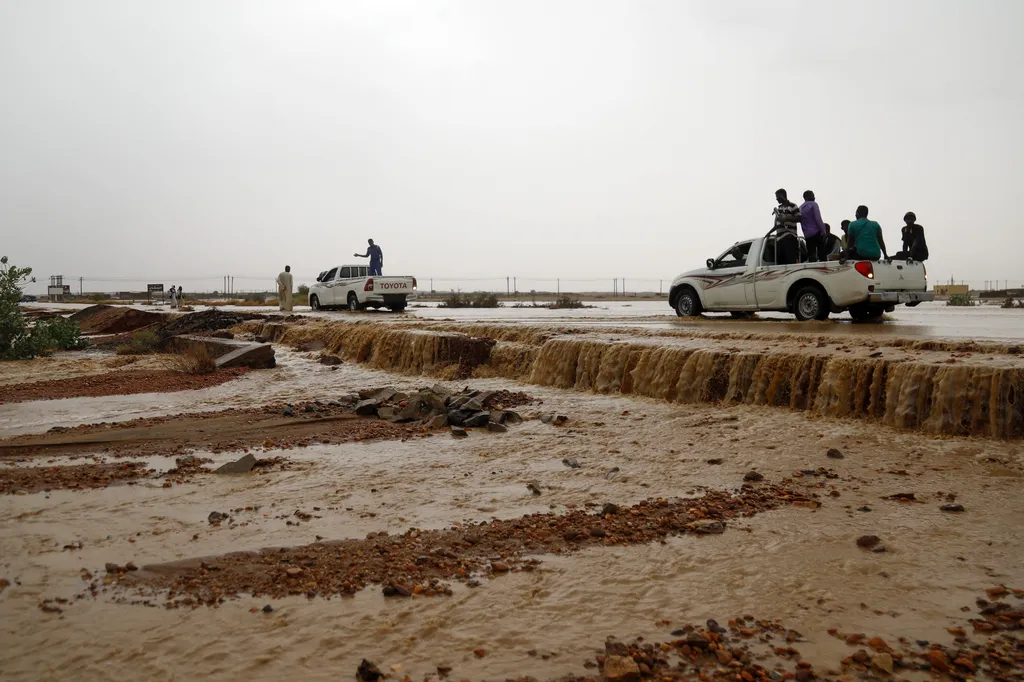In the heart of Sudan, where the vast expanses of North Kordofan State stretch out under the African sun, farmers are facing an increasingly uncertain future. Environmental degradation, a silent yet potent force, is threatening the very foundation of their livelihoods. A recent study, published in the *International Journal of Agricultural Sustainability* (translated to English as “دورية مجلة الاستدامة الزراعية الدولية”), sheds light on the complex interplay between socioeconomic factors and environmental stressors that are pushing farming households to the brink. The research, led by Reem Rashid from the School of Economics and Management at Quanzhou University of Information Engineering in China, offers a nuanced look at the vulnerability of farmers in this region and provides a roadmap for policymakers to design more effective interventions.
The study, which surveyed 300 farming households, reveals a stark reality: 23% of households are at low risk, 56.5% face moderate vulnerability, and a significant 20.5% are highly vulnerable to environmental decline. “The findings highlight the urgent need for targeted support to enhance resilience and sustainable agriculture in the region,” Rashid emphasizes.
Key factors influencing vulnerability include household size, literacy levels, livestock ownership, access to credit, land tenure security, and farmers’ perceptions of land degradation. Environmental stressors such as rainfall variability and desertification also play a crucial role. The spatial analysis conducted as part of the study reveals a troubling correlation: high-vulnerability regions often overlap with areas experiencing severe land degradation. Conversely, regions with higher precipitation levels show lower vulnerability, underscoring the critical role of water availability in agricultural sustainability.
For the energy sector, these findings hold significant implications. As the world grapples with the impacts of climate change, the need for sustainable and resilient agricultural practices becomes ever more pressing. The study’s insights can inform the development of energy-efficient irrigation systems, renewable energy solutions, and other technologies that can help farmers adapt to changing environmental conditions. “By integrating socioeconomic support with environmental management strategies, we can not only safeguard livelihoods but also contribute to the broader goals of sustainable development,” Rashid notes.
The research provides a framework that can be applied to other climate-sensitive regions, offering a blueprint for enhancing resilience and promoting sustainable agriculture. As the world moves towards achieving the UN Sustainable Development Goals, studies like this one are invaluable in guiding policymakers and practitioners towards more effective and equitable solutions.
In the face of environmental decline, the farmers of North Kordofan State are not without hope. With the right interventions and support, they can build resilience and secure a sustainable future for themselves and their communities. The study by Rashid and her team serves as a clarion call for action, highlighting the urgent need for integrated approaches that address both socioeconomic and environmental challenges. As the world watches, the lessons from North Kordofan could very well shape the future of agriculture and energy in the years to come.

